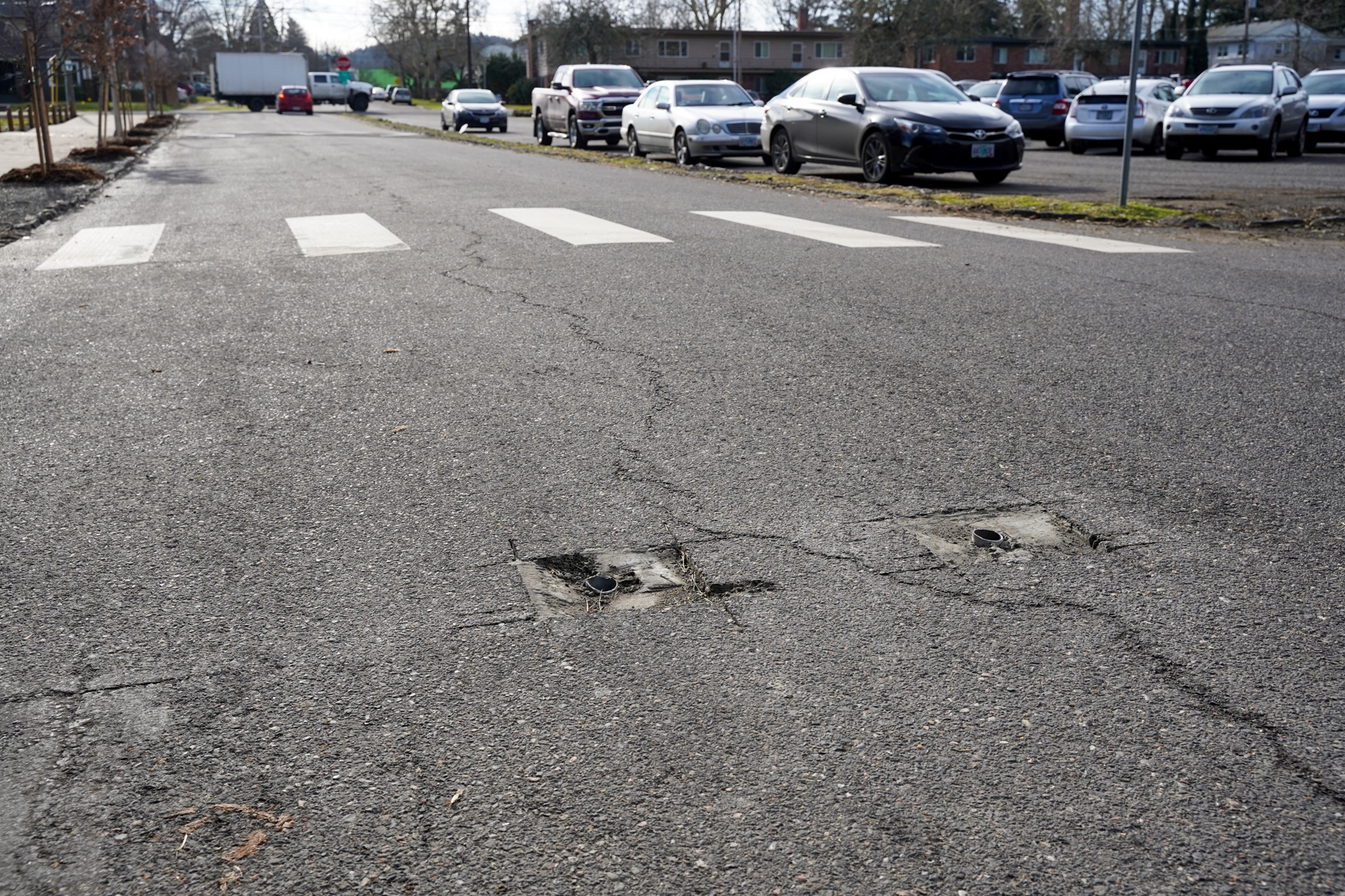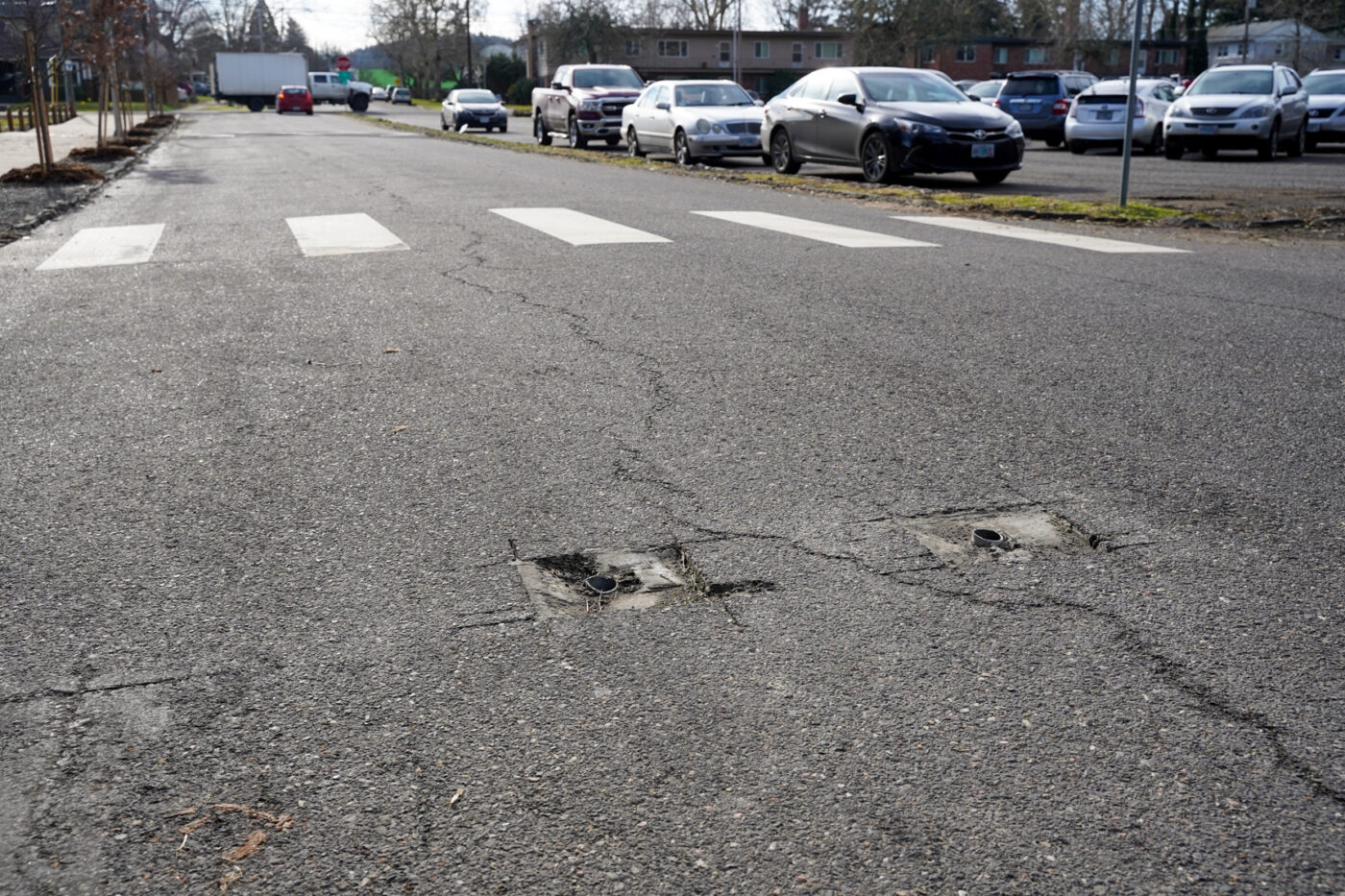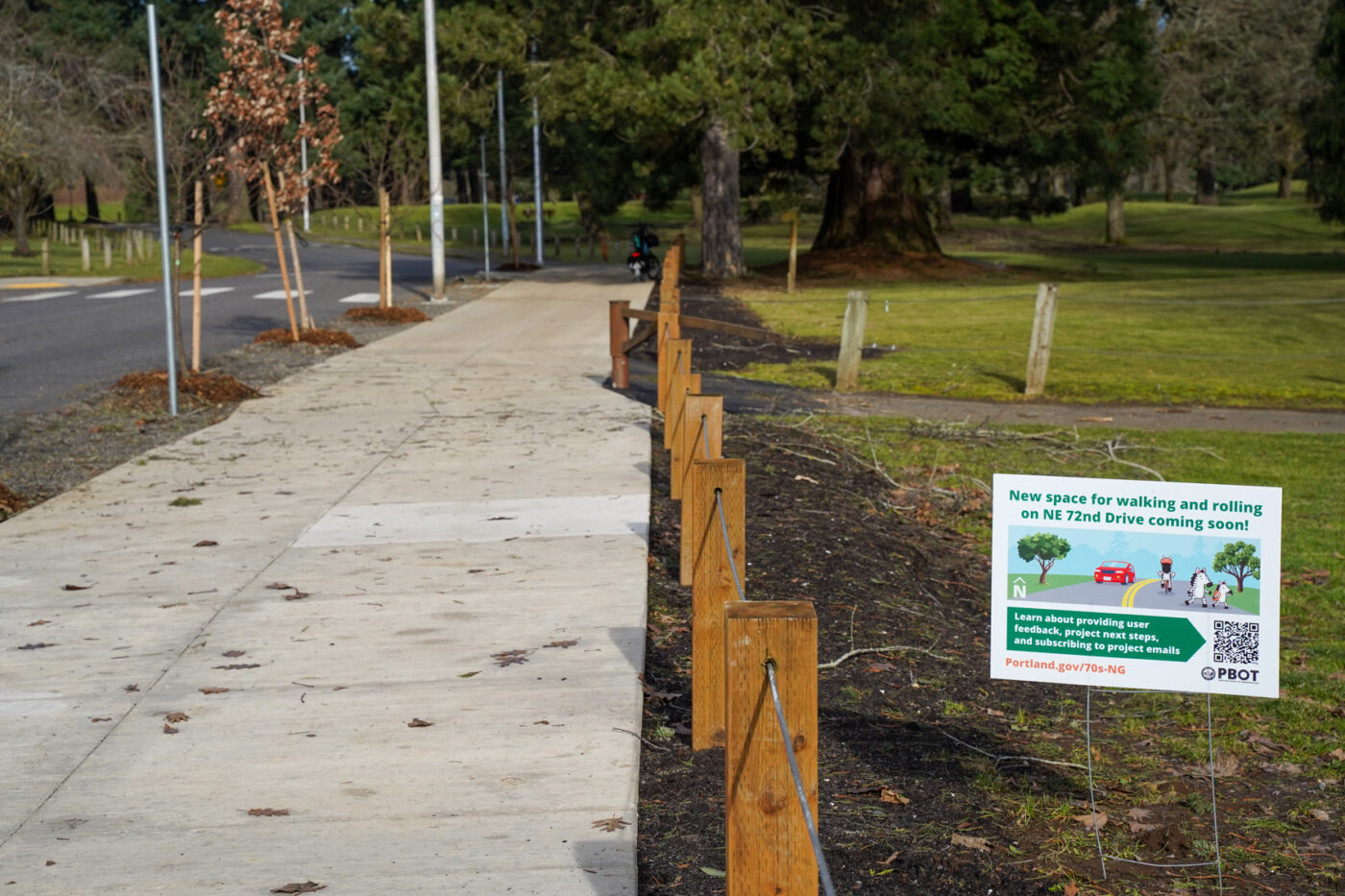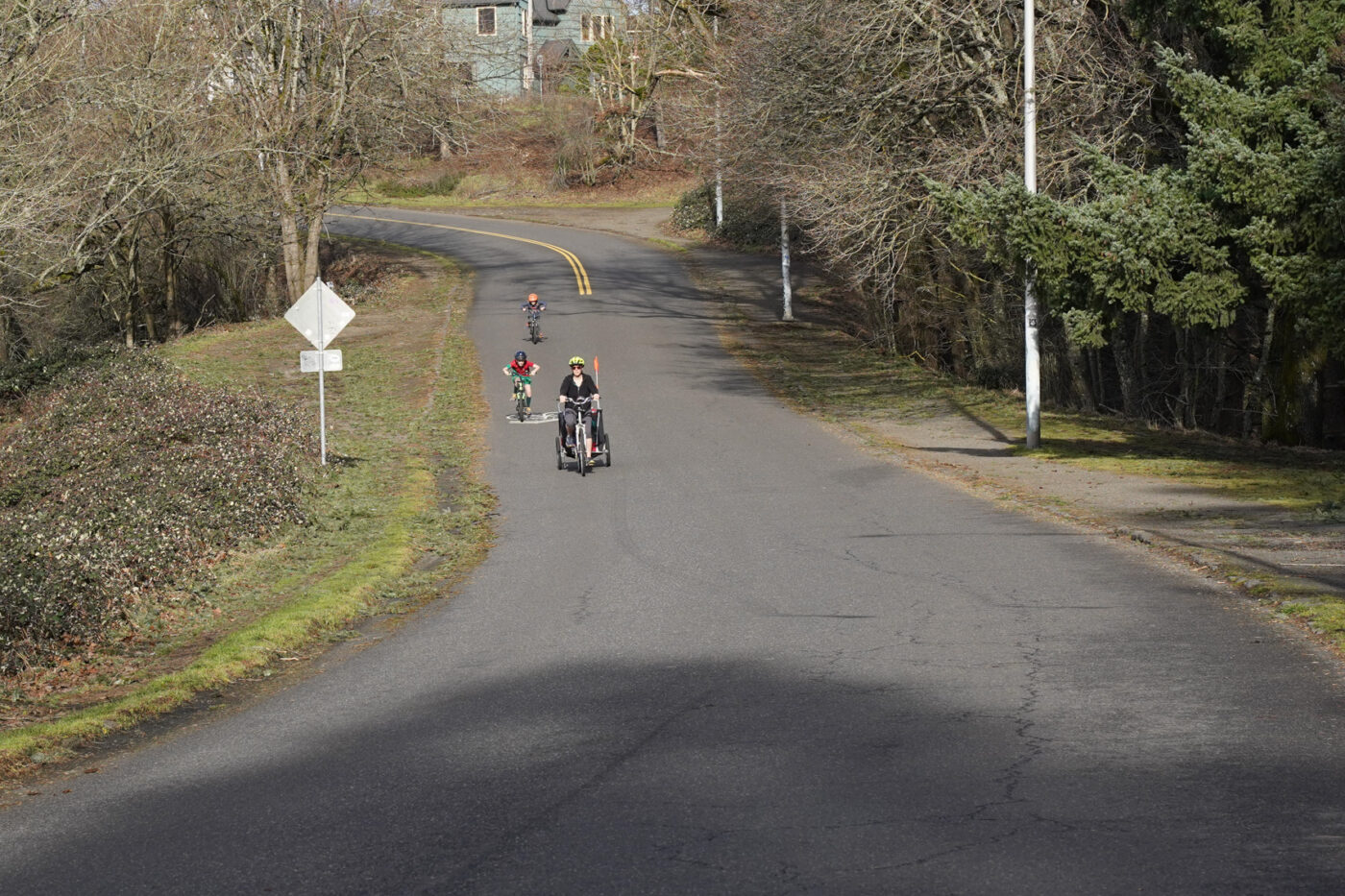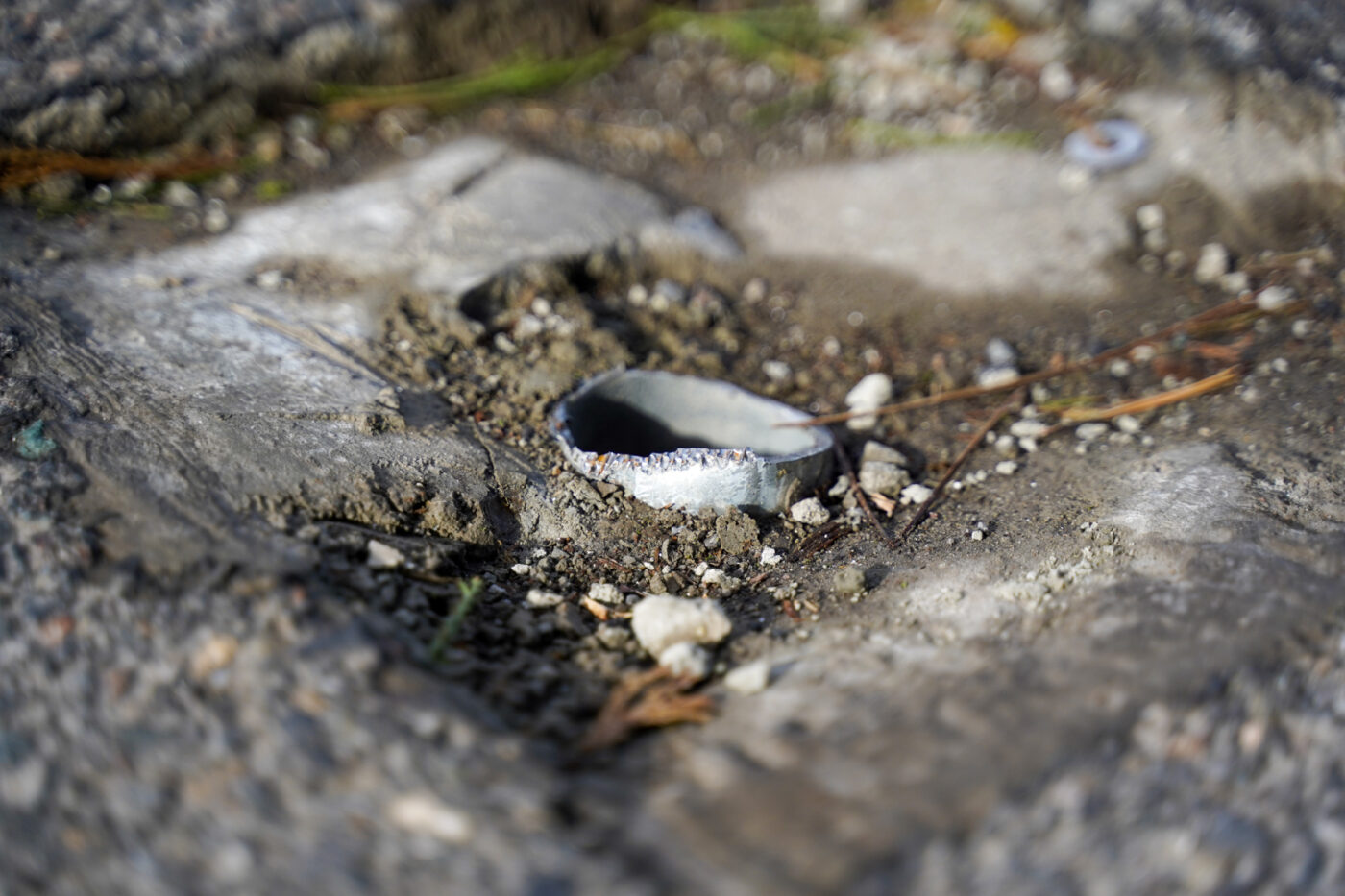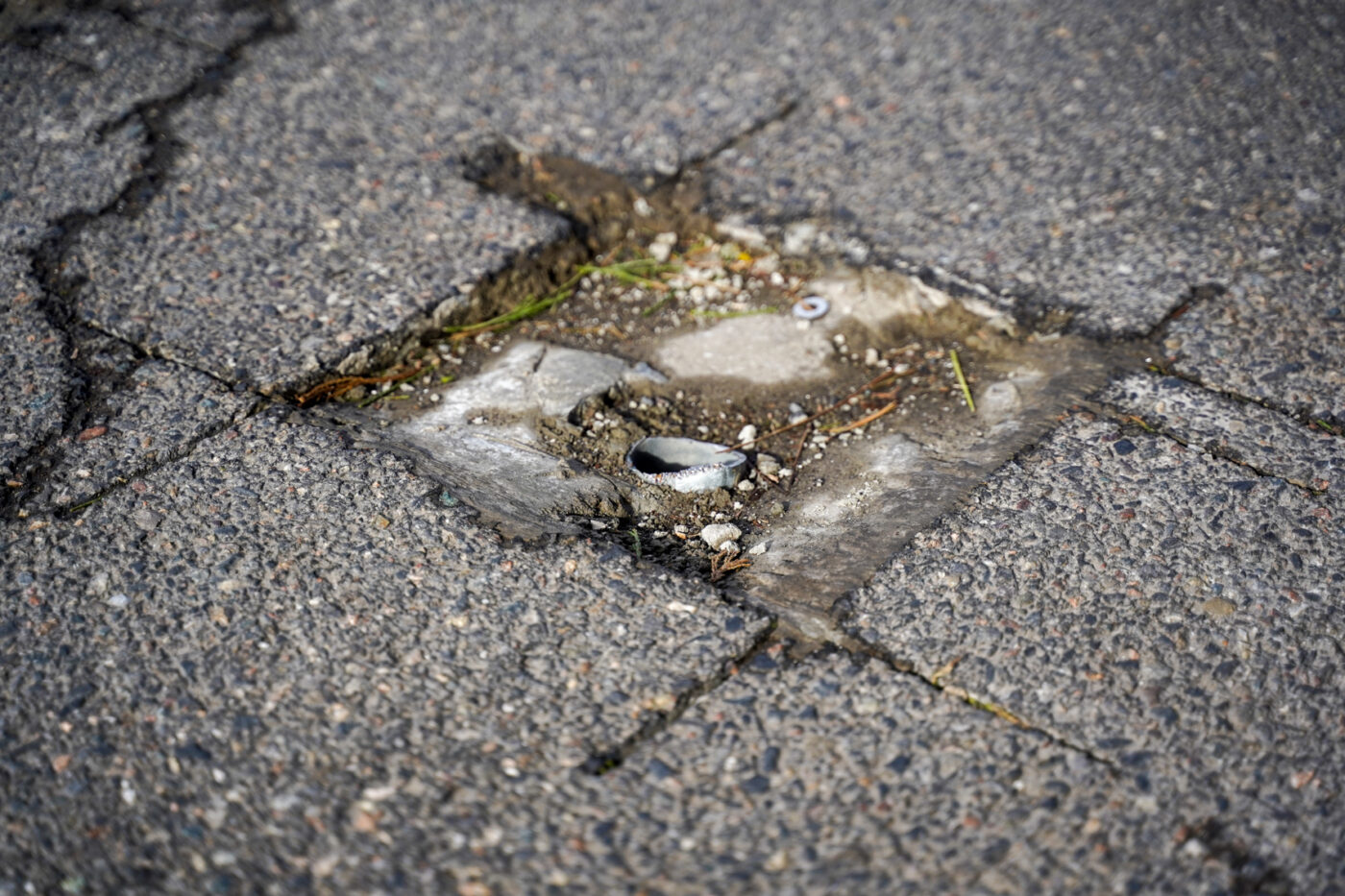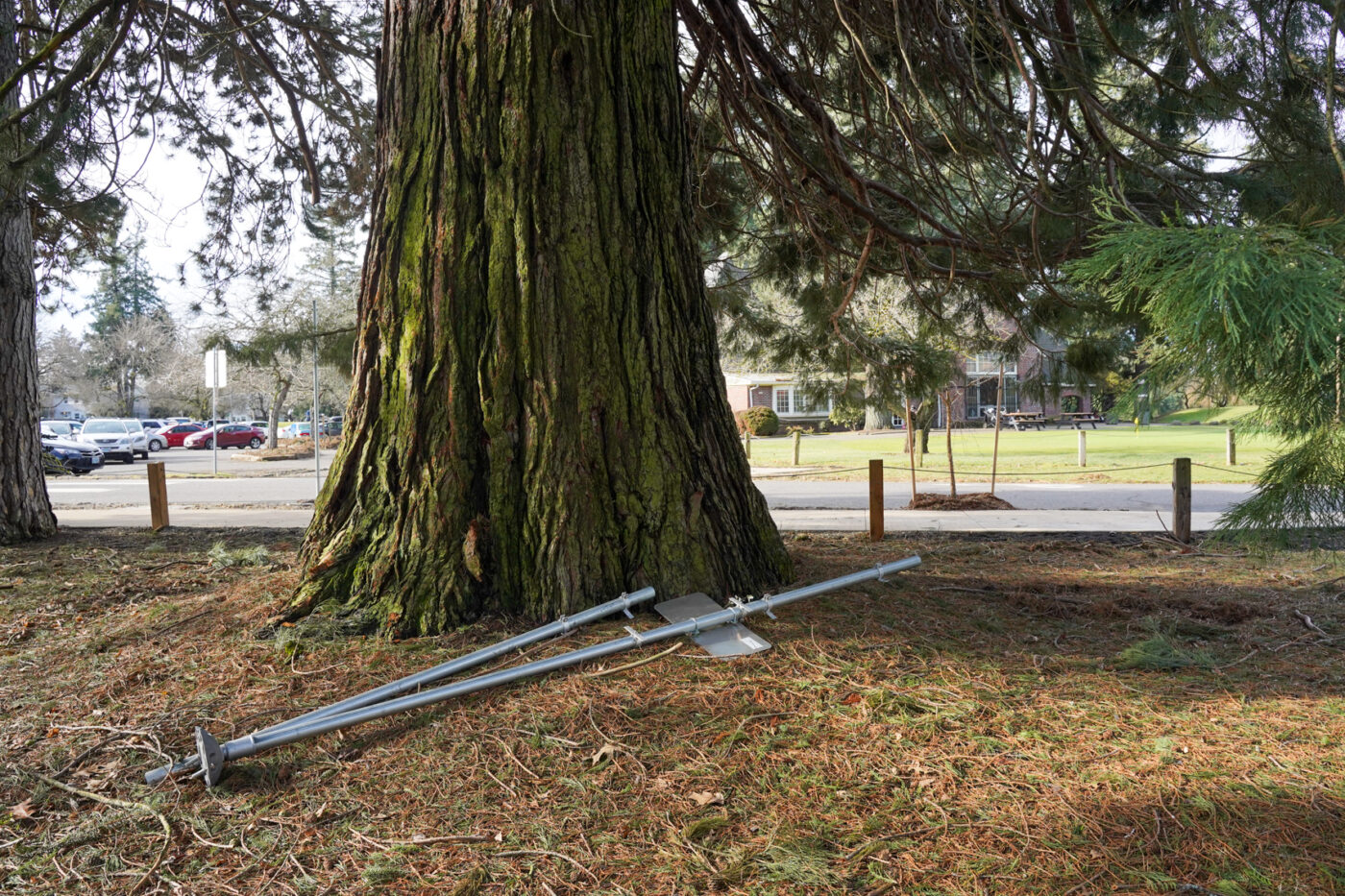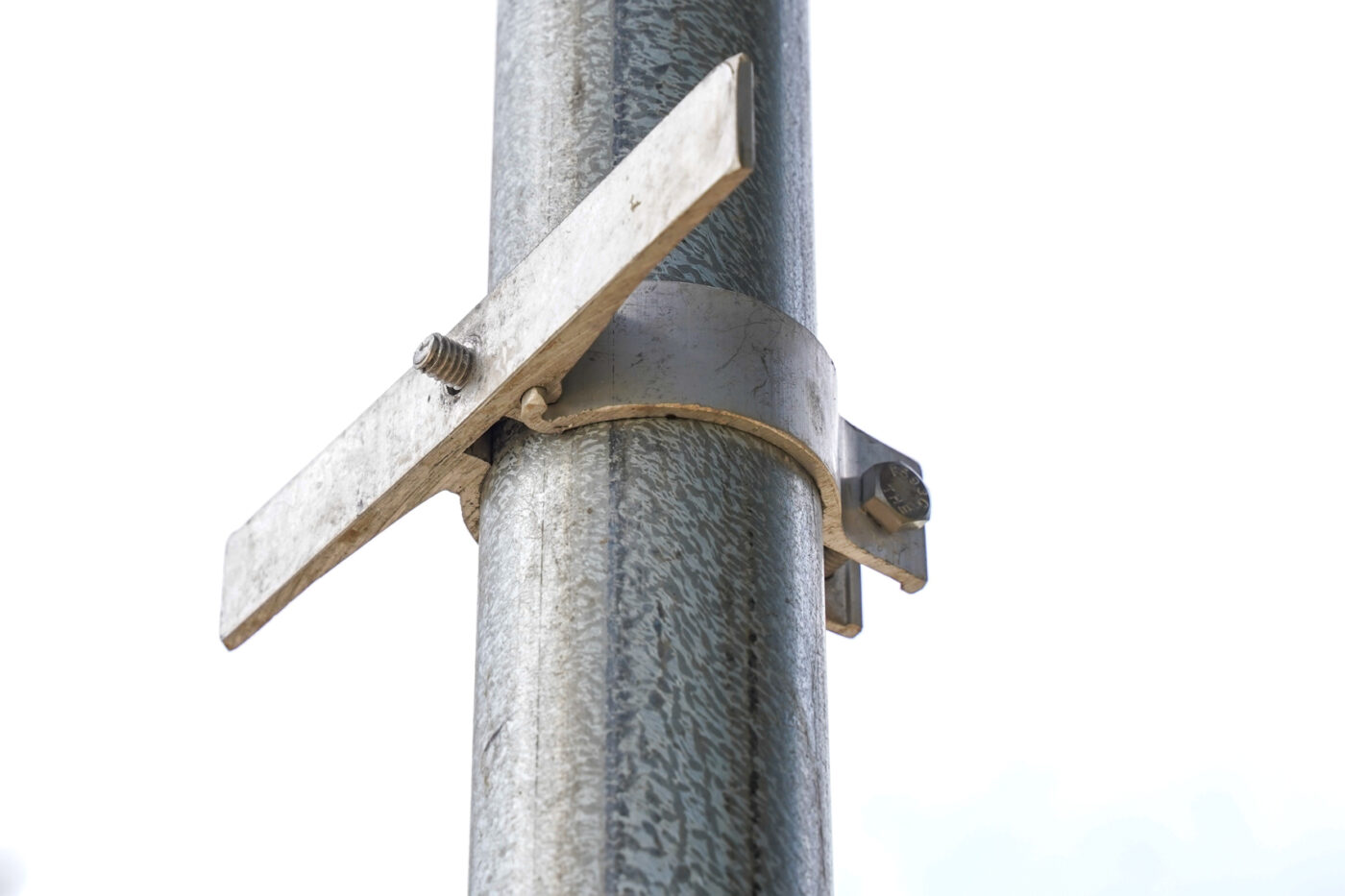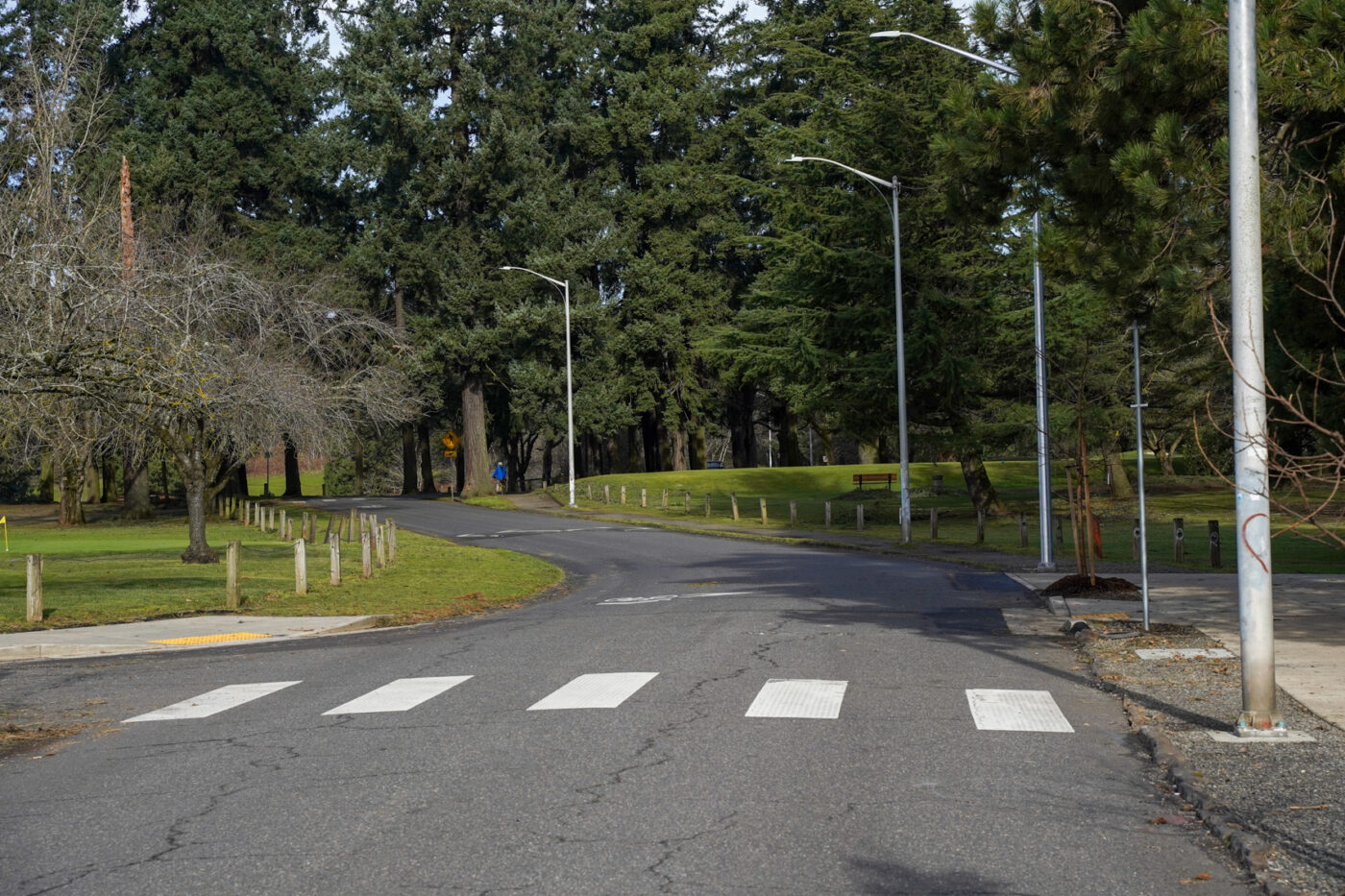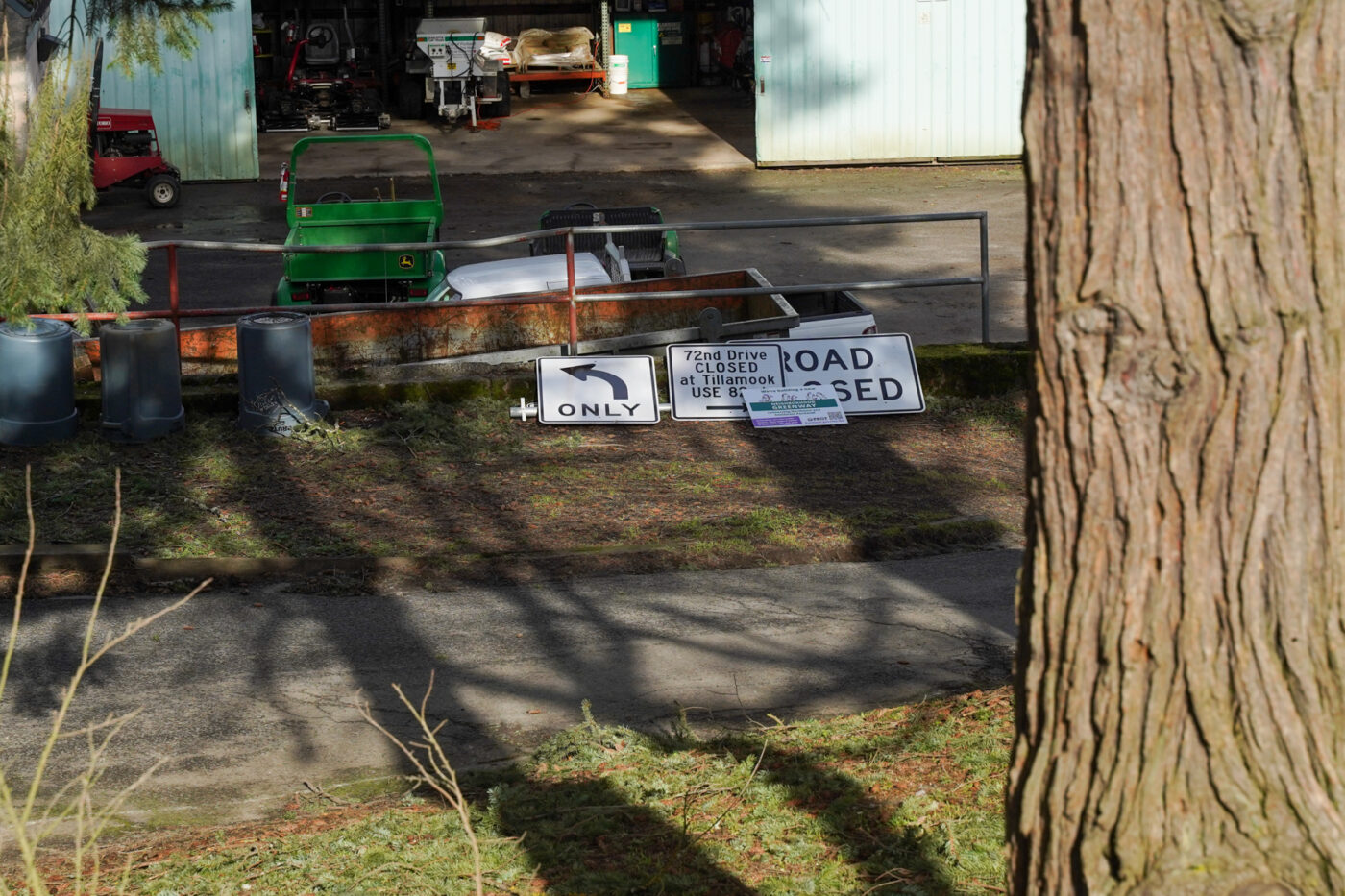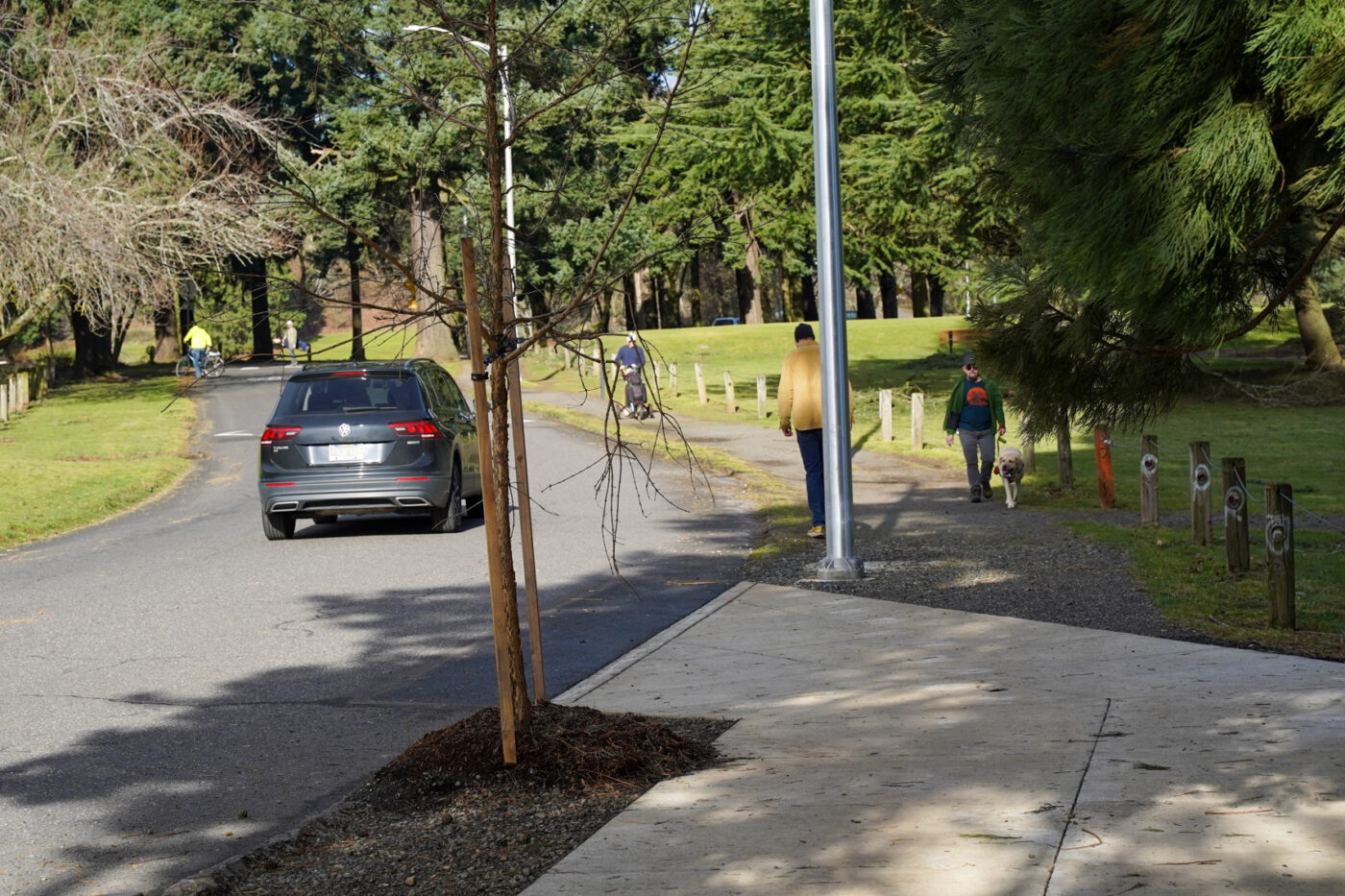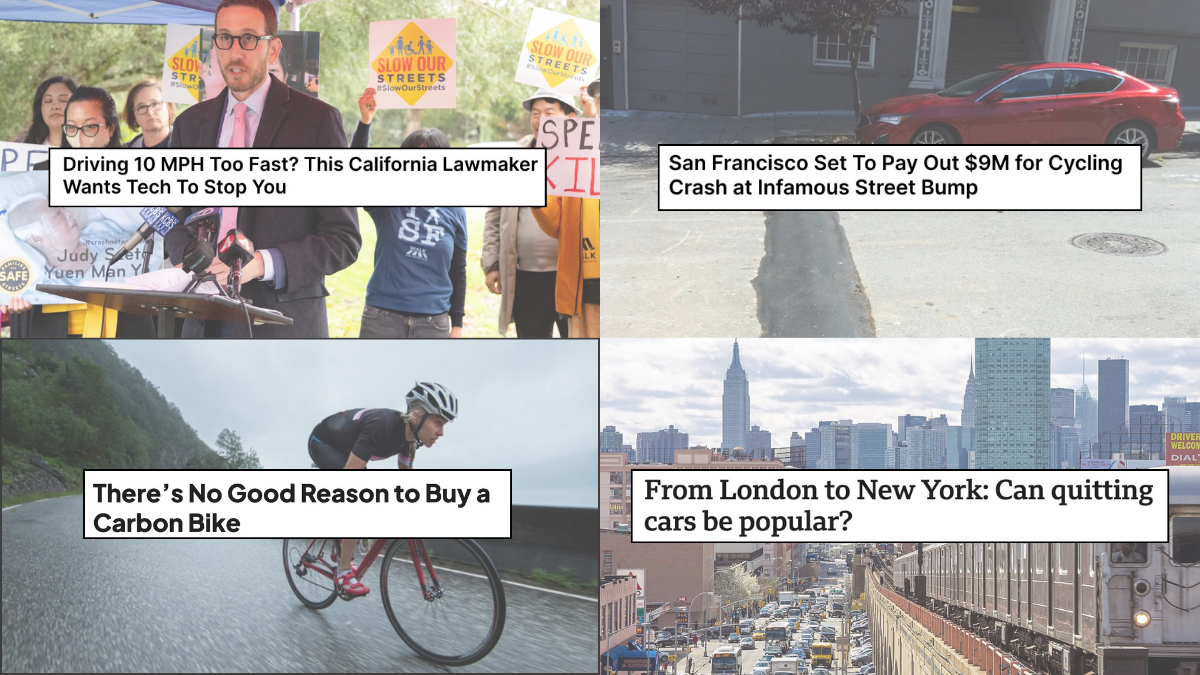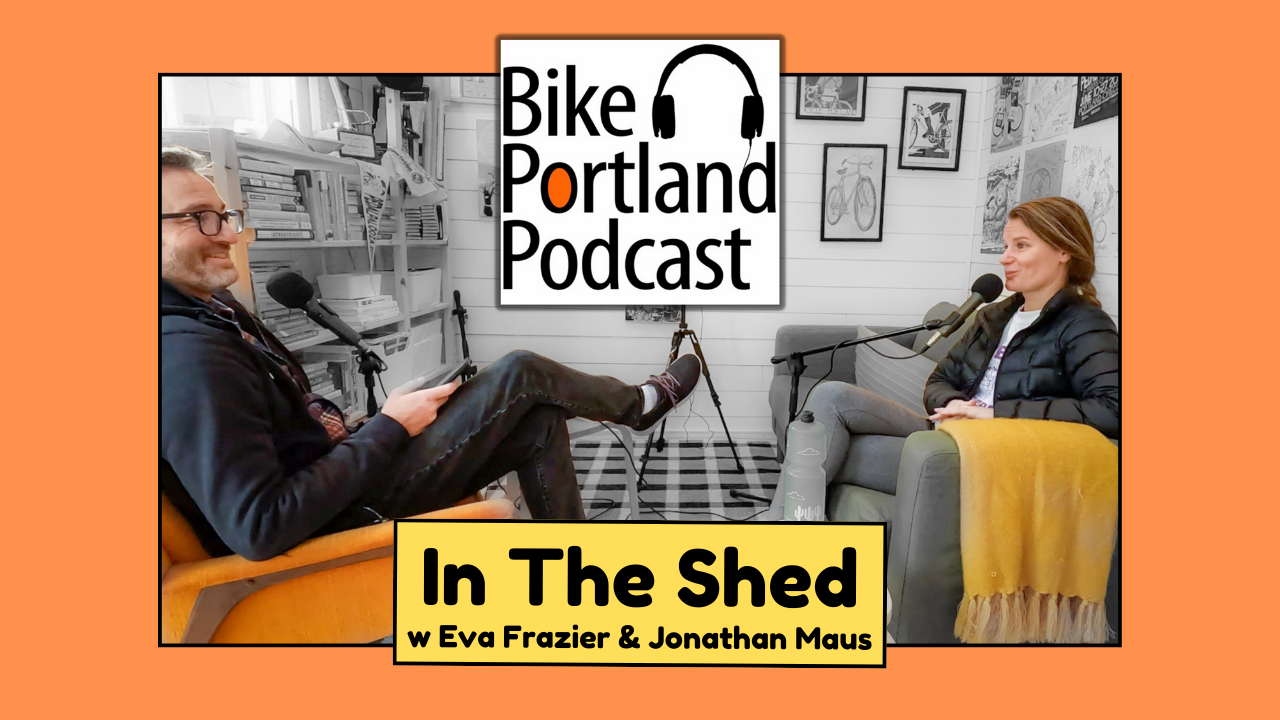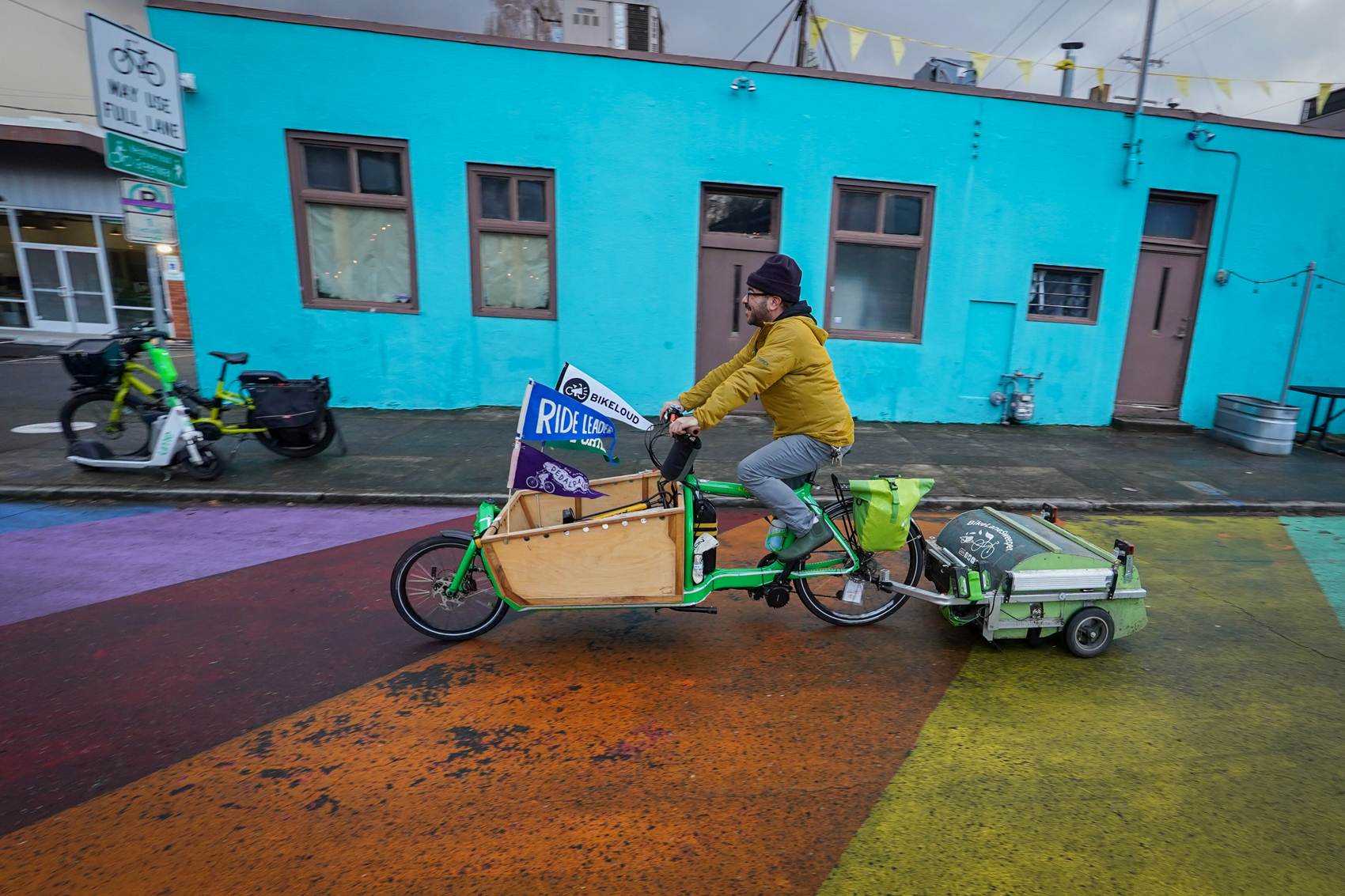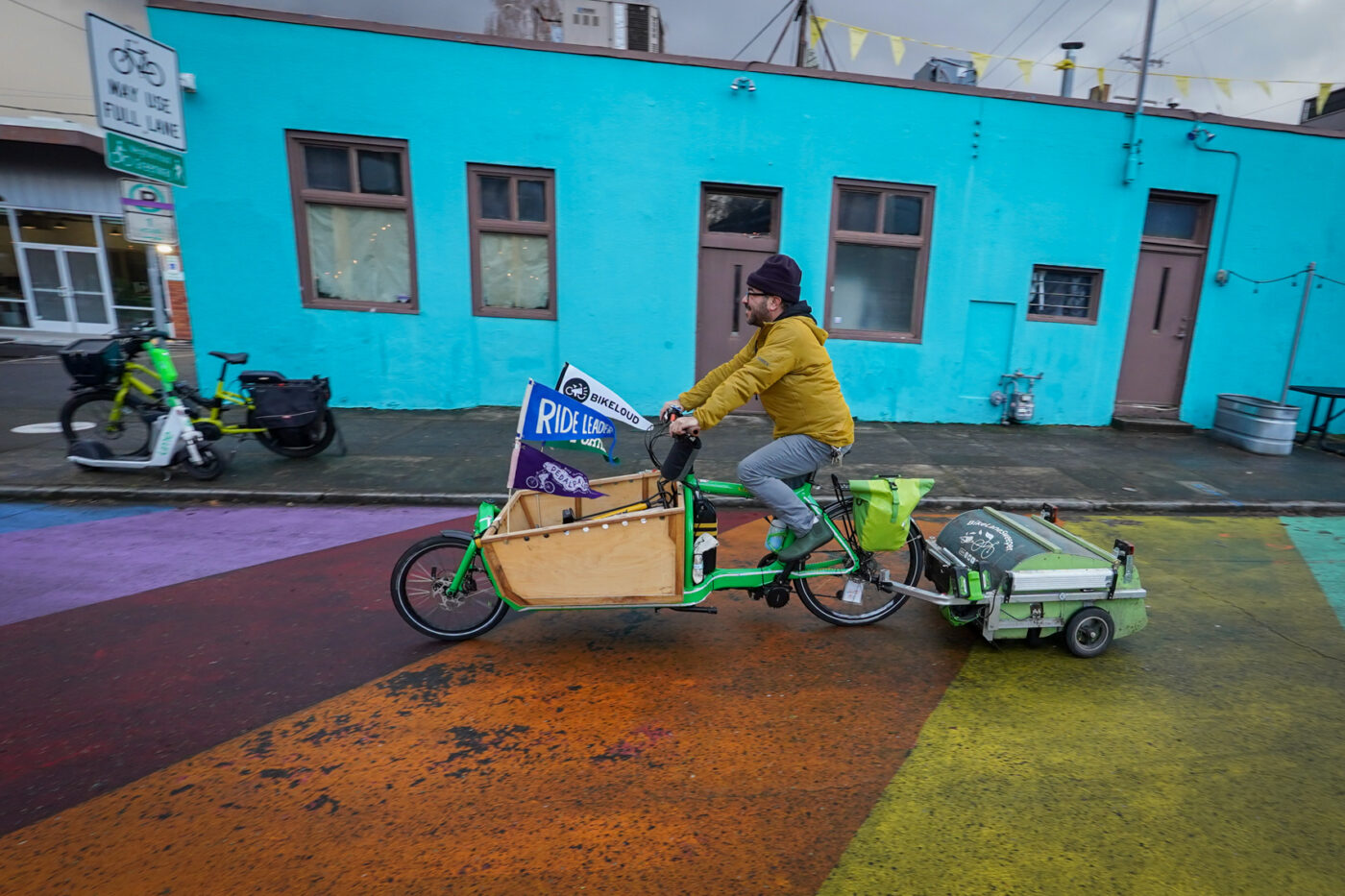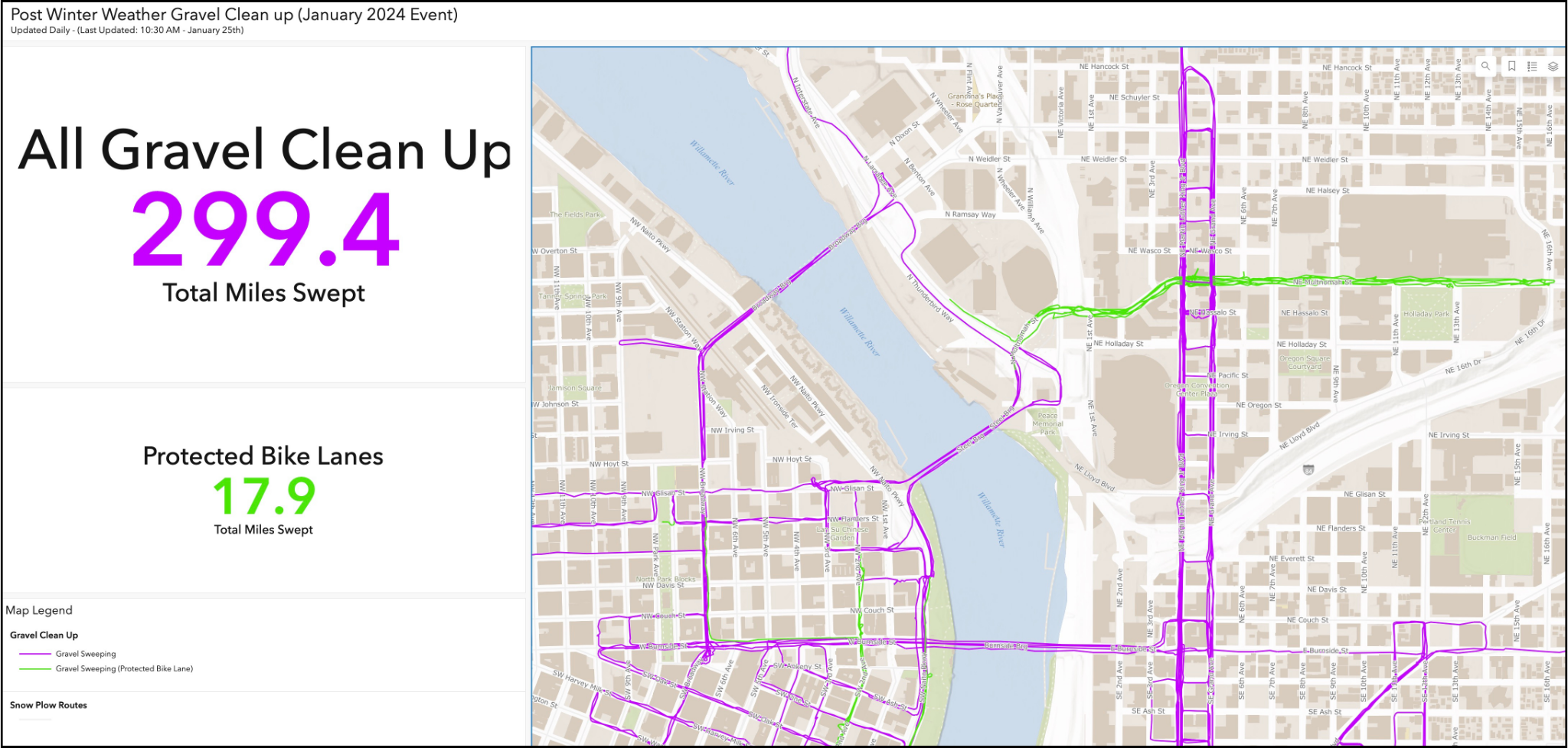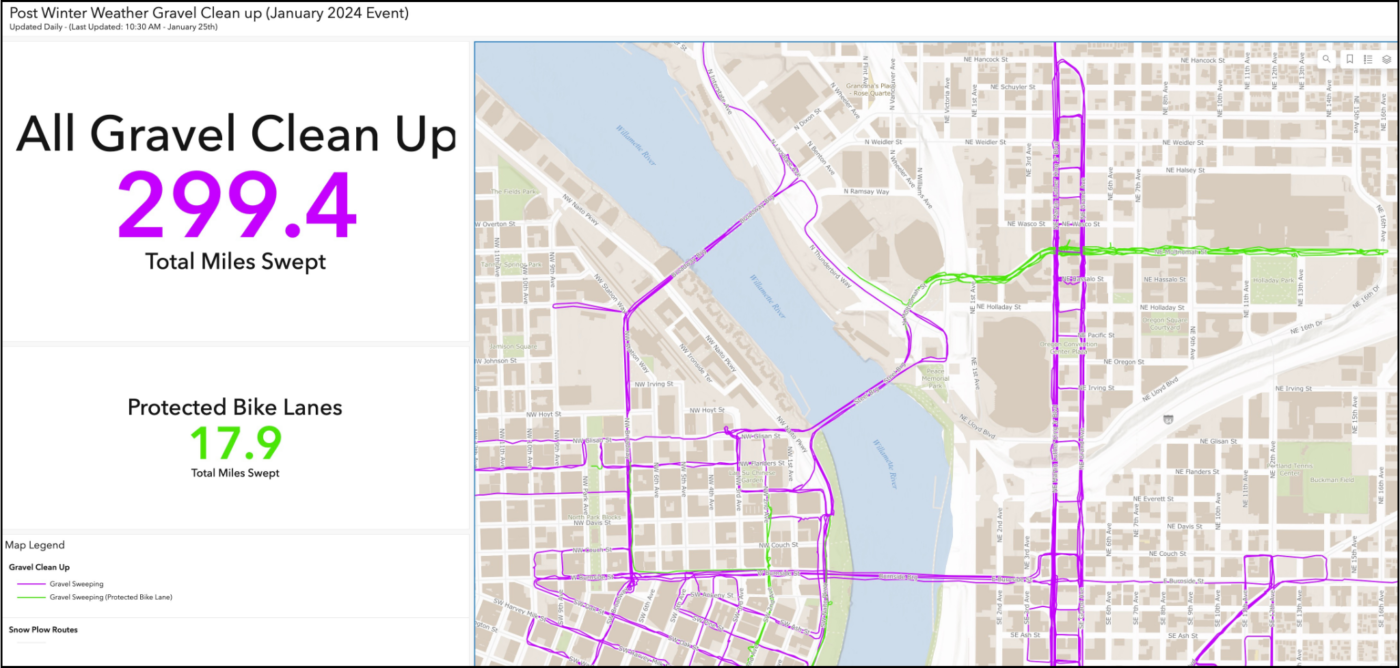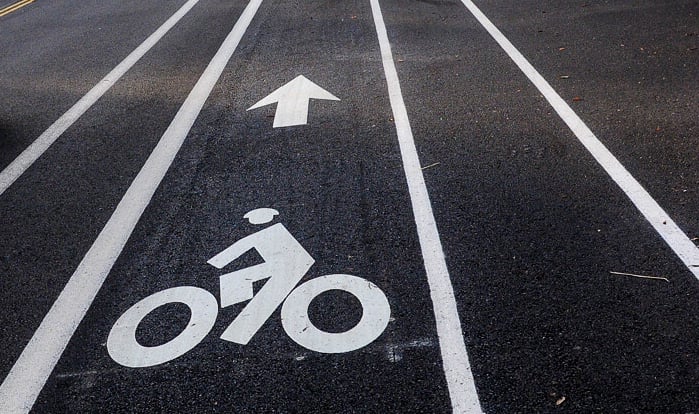
I have long urged people to avoid the trap of bad-faith arguments about whether or not a particular bicycle ride is for recreation or transportation. The suggestion that some bicycle trips are less important because a person is recreating has always struck me as a sneaky, paternalistic attempt to marginalize cycling.
We often hear people point out that a bicyclist in spandex is less important than other road users because they’re just training or on a fun ride; but we never hear people frame car trips in the same way. People driving cars are always doing serious things, the thinking goes, and people on bikes are just out on a lark. It’s a distinction with a difference, because trips made for “recreation” will always have much less political power than those made for “transportation.” And in that context, once you cede this semantic ground, bad things are more likely to happen.
An example is a legal case that involves the State of Oregon and a man who crashed while biking on the Historic Columbia River Highway in 2019. This case was brought to my attention in October 2022 by a local attorney named Charley Gee. Gee had seen a story on BikePortland about Oregon’s Scenic Bikeways program and wanted to warn me that the Oregon Department of Transportation might use the status of certain bike routes as a way to shirk liability for maintaining safe roads.
Gee shared a lawsuit he filed against ODOT on behalf of a client (who asked to remain anonymous) who was riding on the Historic Columbia River Highway on April 24th, 2019. His client crashed while riding over a depression in the road that was left after repair work by an ODOT contractor. The crash happened about 200 feet west of the Stark Street Bridge (see photo above) and resulted in a fractured right femur (that required surgery), major bruising, and a torn rotator cuff. Gee sought $1.04 million for his client.
“ODOT failed to inspect the highway after it had been paved and striped, failed to repair the hole that [the bike rider] eventually struck — after earlier receiving notice that other cyclists had struck it and crashed — and failed to warn cyclists of the hole,” the plaintiff’s complaint read. According to Gee, the hold, “Constituted an unreasonably dangerous condition that could not be encountered with a reasonable degree of safety by cyclists.”
But lawyers for the State of Oregon denied all the claims and asked a Multnomah County Circuit Court judge to dismiss the case. Their argument was that the bike rider was engaged in a recreational bike ride and therefore the state should be immune from liability under Oregon Revised Statute (ORS) 105.668, a.k.a. the “recreational immunity” law.
In documents filed with the court on January 19th, 2022, Senior Assistant Attorney General Todd Marshall argued that ODOT, “Is immune from Plaintiff’s claim by the doctrine of recreational immunity,” and that, “Plaintiff is not relieved from his obligation to exercise care in the use of the State’s land with regard to the bicycling activity being engaged in.”
In a court filing on February 11th, 2022, the State asked Gee’s client 18 questions. They used two of his answers to cement their immunity argument:
Plaintiff was engaged in recreational bicycle riding at the time of the accident. Admit
Plaintiff was engaged in a Portland Bicycle Club recreational bike ride event at the time of the accident. Admit
The State’s lawyers used these admissions against the rider. They wrote in the conclusion of their motion for dismissal, “the very section of the Historic Columbia River Highway where the injuries the subject of this litigation occurred, is considered one of the most popular cycling routes in the State of Oregon,” and since the rider crashed, “while engaged in a recreational bike riding event,” ODOT should be immune from liability.
Everyone reading this will likely agree that riding fast on a public road with two other people should not be considered a, “bike riding event,” even if the ride was organized by a bike club.
Gee and his legal team responded strongly to the State’s contentions. The defendant, they said,
“Makes no effort to apply the statute as it has been interpreted to the particular facts of this case, and completely ignores the irrational, unreasonable, and absurd implications of the legal conclusion that (presumably) ODOT wants this court to reach.
… merely because plaintiff was cycling recreationally—instead of, for example, commuting to work—and crashed on a state highway, the state argues that, as a categorical matter, it is entitled to recreational immunity, simply by virtue of the fact that it is state land.
ODOT is not entitled to the blanket immunity… recreational immunity does not attach to non-recreational property—such as a road or sidewalk—even though that property may be used for recreational purposes.”
The plaintiff’s lawyers leaned heavily on a 2016 case (Landis v. Limbaugh) for precedent. In that case, the Court found that a landowner (ODOT in this case) must “make a volitional decision” to designate land for recreational use by the public. And if a landowner doesn’t have authority to prohibit recreational use — like on a public highway — it lacks the authority to make that decision.
For their part, the State argued that immunity should apply if a landowner, “directly or indirectly permits recreational use of its land,” and that “permit” can involve “mere tolerance” of an activity, or even allowing it to happen.
Multnomah County Circuit Court Judge Andrew Lavin, ruled against ODOT.
But Gee, the bike rider’s lawyer, said the judge’s decision was based on a technicality because the State didn’t provide enough evidence in their motion to dismiss the case that the highway was held open specifically for recreational use.
Another lawyer I talked to for this story said, “ODOT lost the motion on a separate procedural issue. The court did not rule on the merits of this argument; but they clearly thought the argument was worth making.”
Gee said this is a serious issue that bicycling advocates should watch closely. He said since discretionary immunity (where a DOT can be liable if they were aware of a safety issue, but failed to address it) arguments are losing in court more often, they are “casting around for a new approach” with these recreational immunity arguments. He added that designating certain roads as “scenic bikeways” will only bolster the State’s contention that users are recreating and the immunity argument will be even stronger.
This is just one front in the current legal battle around recreational immunity. As we shared earlier this month — counties, cities, and other landowners around the state are closing trails due to fears around a recent ruling by the Oregon Court of Appeals on a case from Newport on the Oregon Coast.
These legal questions have cycling and trail advocates very concerned. The Oregon Trails Coalition is planning a legislator lobby day in Salem February 12th and they’re hosting a webinar on recreational immunity today (1/31) at 12:00 noon.








